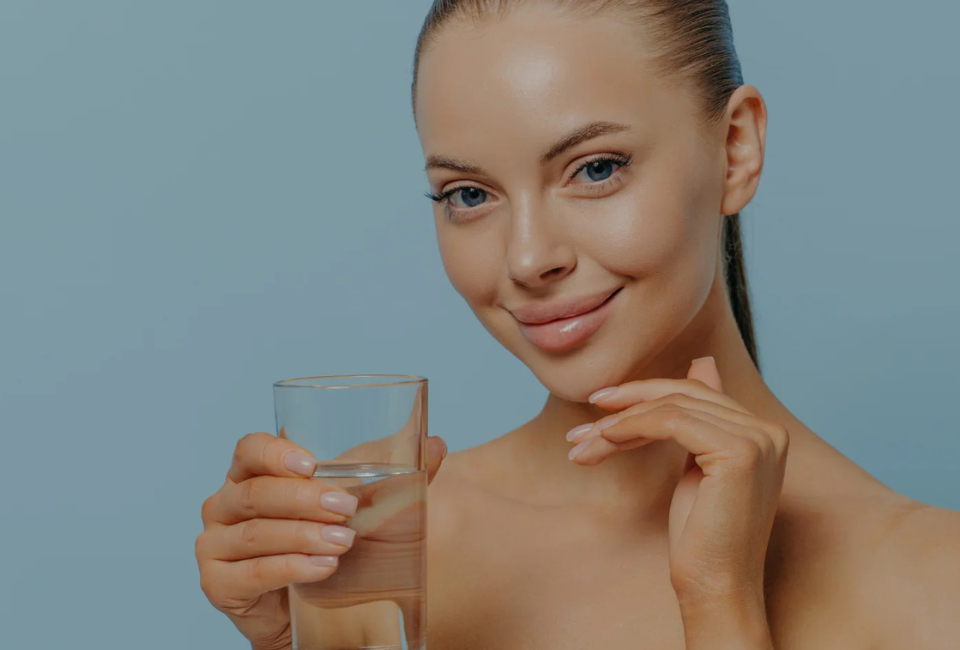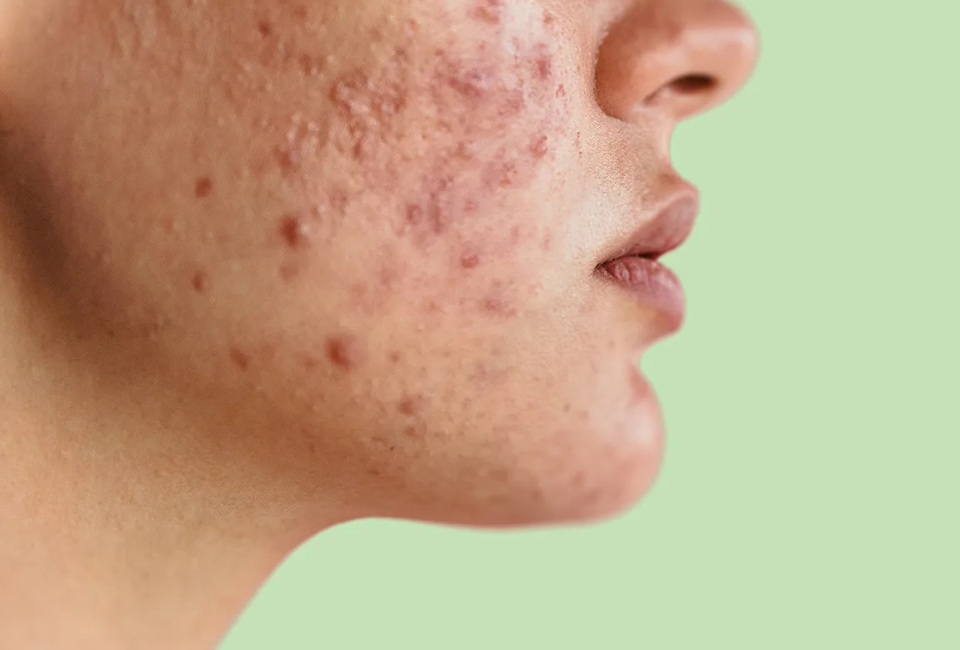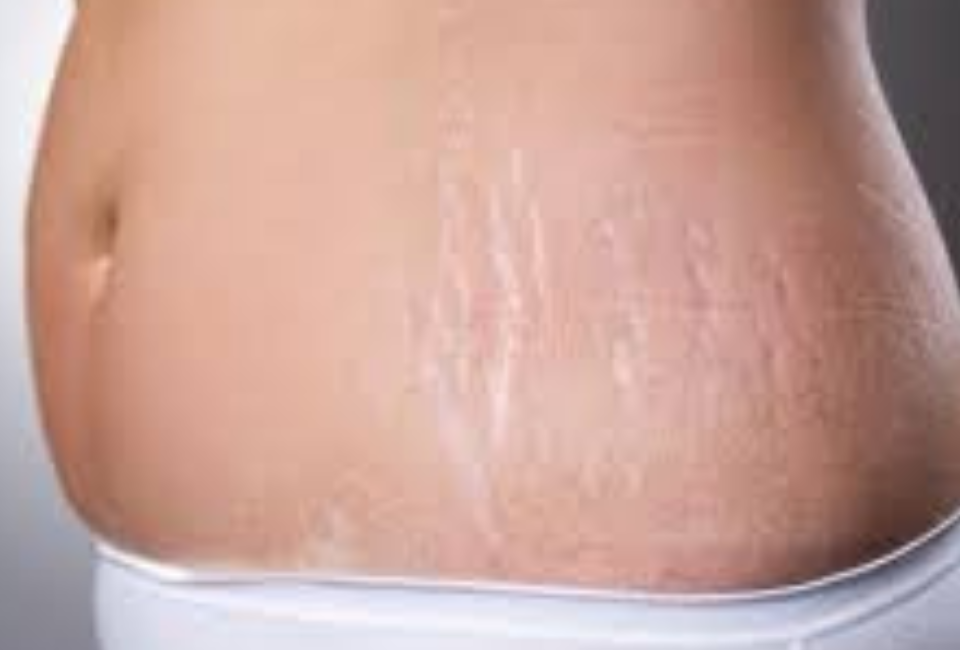- Make An Appointment
- +91-9460006594
- +91-9571548977
- info@jodhpurskintreatment.com
Teenage Acne & Pimples: Causes, Areas & Puberty Effects

Types of Acne by Grade: How to Identify and Treat Each One
June 5, 2025
Dry vs Dehydrated Skin: Causes, Treatment & Key Differences
June 28, 2025What is Acne?
Acne is a skin condition that develops when pores become clogged with oil, dead skin cells, or bacteria. For many, especially during adolescence, these blockages lead to teenage pimples, blackheads, whiteheads, or even deeper lumps like cysts. The medical term for acne is acne vulgaris.
Table Of Content
Why Do Teenagers Get Acne?
Teenage acne is largely driven by hormones. During puberty, hormonal fluctuations increase oil production, making teenagers more prone to clogged pores. This is why puberty acne is so common among both boys and girls.
Among these, boys with acne often experience more severe breakouts due to higher testosterone levels, which increase oil (sebum) production in the skin.
Types of Acne in Teenagers

Teens can experience different types of acne, including:
- Comedonal acne (blackheads & whiteheads)
- Inflammatory acne (papules and pustules)
- Nodulocystic acne (deep, painful nodules and cysts)
- Teenager back acne, common due to sweat and friction
- Pimples on chest and back, especially after workouts or during humid seasons
Whether it’s facial teenage pimples or teenager back acne, timely treatment is crucial to avoid scarring.
Common Symptoms of Teenage Acne

The symptoms of teenage acne vary in severity but usually include:
- Red or swollen teenage pimples
- Pimples on chest and back
- Painful nodules, especially in teenager back acne
- Itchy bumps in puberty acne
- Blackheads and whiteheads, especially for boys with acne
What Causes Teenage Pimples?

Teenage pimples form when the skin’s pores get clogged by:
- Excess oil (sebum)
- Dead skin cells
- Bacteria
During adolescence, hormonal surges trigger puberty acne, which makes oil glands more active. This excess oil combines with bacteria and debris to clog pores, resulting in breakouts. Boys with acne may experience more intense symptoms due to increased oil production.
Other causes include:
- Tight clothing (contributing to teenager back acne)
- Not washing sweat after exercise
- Greasy or pore-clogging skincare products
- Stress or poor diet (linked to increased teenage acne)
Where Does Teenage Acne Appear?

Most teenage acne breakouts occur in areas rich in oil glands. This includes:
- Face and forehead (most common for teenage pimples)
- Shoulders and upper arms
- Teenager back acne and pimples on chest and back
Triggers and Risk Factors
Factors that can worsen puberty acne and teenager back acne include:
- Hormonal fluctuations
- Sweat and friction
- Use of greasy moisturizers or makeup
- Picking or squeezing teenage pimples
- Diets high in sugar and dairy
While genetics play a role, lifestyle and hygiene habits greatly influence acne severity in teenagers. Boys with acne should be particularly mindful of sports gear and sweat.
Diagnosing Teenage Acne
A dermatologist can easily diagnose teenage acne with a visual examination. Questions they may ask:
- When did the teenage pimples start?
- Do you have teenager back acne or facial acne?
- Is there a family history of acne?
- Are the breakouts worse during puberty?
How Severe Can Teenage Acne Get?
Severity can range from:
- Mild: A few teenage pimples or blackheads
- Moderate: Frequent pimples on chest and back
- Severe: Deep cysts, especially in teenager back acne
Treatment Options for Teenage Pimples

Topical Treatments
- Benzoyl Peroxide: Reduces bacteria and unclogs pores
- Salicylic Acid: Ideal for exfoliating and minimizing teenage acne
- Retinoids: Prevents new breakouts
- Clindamycin or Erythromycin: Topical antibiotics for inflamed teenage pimples
These are especially useful for boys with acne and those with mild-to-moderate puberty acne.
Oral Medications
- Antibiotics: Used for moderate to severe teenage acne
- Isotretinoin: Reserved for severe, cystic teenager back acne
- Hormonal Therapy: For girls with hormone-triggered puberty acne
Additional Therapies
- Laser treatments: Useful for treating acne scars
- Chemical peels: Helpful in reducing post-acne pigmentation
- Steroid injections: For large, inflamed nodules
You can also explore modern skin treatments like Anti Aging Treatment , which sometimes combine acne management with skin rejuvenation protocols.
Skincare Tips for Teenagers with Acne
- Cleanse twice daily using a mild, non-comedogenic face wash
- Use oil-free moisturizers
- Avoid touching or picking at teenage pimples
- Shower after workouts to prevent pimples on chest and back
- Wear breathable clothing to reduce teenager back acne
These routines are especially helpful for boys with acne who sweat more or play sports.
Can Food Affect Teenage Acne?
Yes. High sugar intake and dairy products like skim milk may worsen teenage pimples. Choose:
- Fruits and vegetables rich in Vitamin C and beta-carotene
- Whole grains over refined carbs
- Hydrating foods and fluids to flush toxins
This balanced diet supports healthier skin and can lessen puberty acne symptoms.
Does Teenage Acne Cause Scars?
Yes, especially if teenage pimples are picked or popped. Teenager back acne and pimples on chest and back are particularly likely to leave marks due to skin thickness and delayed healing.
Mental Health and Acne
Teenage acne often affects self-confidence and mental well-being. It’s common for boys with acne and girls alike to feel insecure. Support from family, counseling, or a dermatologist helps build confidence during this stage. Additionally, many teens facing skin issues also struggle with early hair concerns, making services like Hair Fall Treatment in Jodhpur increasingly sought after for complete dermatological care.
When to See a Dermatologist
You should see a dermatologist if:
- Over-the-counter products don’t improve your teenage pimples
- You have painful teenager back acne
- You experience emotional stress due to teenage acne
- You notice increasing pimples on chest and back
Final Word
Teenage acne is a temporary but manageable part of adolescence. Whether it’s facial teenage pimples, teenager back acne, or persistent puberty acne, effective treatments are available. A combination of good skincare, healthy lifestyle, and the right medical support can significantly improve your skin and confidence.
For advanced skincare solutions, including Anti Aging Treatment in Jodhpur, consult a qualified dermatologist.
FAQ’s
How to remove acne for teens?
Teens can reduce acne by following a consistent skincare routine that includes a gentle cleanser, oil-free moisturizer, and acne-fighting ingredients like salicylic acid or benzoyl peroxide. Avoid picking at pimples and wash your face twice a day, especially after sweating.
What is the best treatment for teenage pimples?
The best treatment varies by skin type and severity. For mild cases, over-the-counter products with benzoyl peroxide or salicylic acid help. More severe acne may require prescription creams, oral antibiotics, or retinoids prescribed by a dermatologist.
Is it normal for a 14-year-old to have pimples?
Yes, it’s completely normal. At 14, hormonal changes during puberty increase oil production, which often leads to clogged pores and breakouts.
How can a teenager get rid of acne?
Start with a gentle skincare regimen, avoid greasy cosmetics, stay hydrated, and eat a balanced diet. If acne persists, consult a dermatologist for targeted treatments or medications.
Why does my 14-year-old have so much acne?
The surge of hormones during puberty can overstimulate oil glands. Genetics, diet, stress, and skincare habits also contribute to worsening breakouts at this age.
What kills acne the fastest?
Spot treatments with benzoyl peroxide or salicylic acid can reduce inflammation quickly. For severe acne, a dermatologist may offer fast-acting solutions like corticosteroid injections or oral antibiotics.
Why am I getting back acne as a teen?
Back acne, or “bacne,” is common during adolescence due to excess oil, sweat, and friction from clothing or sports gear. Hormonal changes during puberty are also a major factor.
How to get rid of back acne fast?
Use a medicated body wash with salicylic acid or benzoyl peroxide, wear breathable clothing, and shower after sweating. Consistency is key—visible improvement may take a few weeks.
How do I stop acne from growing on my back?
Keep your back clean and dry, avoid tight clothing, and use non-comedogenic body products. Exfoliating once or twice a week can also prevent clogged pores.
What causes bad acne in boys?
Boys often produce more testosterone during puberty, which increases oil production and pore blockage. Poor hygiene, genetics, and sweaty environments can make acne worse.
Why do I have pimples on my chest and back?
These areas have active oil glands that are easily clogged, especially during puberty. Sweat, friction, and tight clothes can further irritate the skin and cause breakouts.
How do boys get rid of acne?
Boys can benefit from an acne-focused skincare routine. For persistent or cystic acne, a dermatologist may recommend retinoids, oral antibiotics, or lifestyle adjustments like diet changes.
At what age do boys stop getting acne?
Acne in boys usually improves by their early 20s, although some may continue to experience breakouts into adulthood depending on genetics and skincare habits.
How do I get rid of back and chest acne?
Use a gentle exfoliating body wash with acne-fighting ingredients. Avoid synthetic fabrics, and don’t leave sweat-drenched clothes on for long. Seek medical advice if acne is severe or scarring.
What deficiency causes chest acne?
Though not always the cause, deficiencies in zinc, vitamin D, or vitamin A have been linked to acne flare-ups. A blood test can confirm if supplementation is needed.
How long does puberty acne last?
Puberty acne often begins around ages 10–13 and can last into the early 20s. The duration depends on genetics, hormone levels, and skin care practices.
Can you get rid of puberty acne?
Yes, with proper skincare, lifestyle changes, and sometimes medical treatment, puberty acne can be managed and even eliminated over time.
What does puberty acne look like?
It can range from blackheads and whiteheads to red, inflamed pimples and deep cysts. These breakouts typically occur on the face, chest, shoulders, and back.
Is it normal for a 12-year-old to have a pimple?
Absolutely. Early signs of puberty, like hormone changes, can trigger oil production and lead to the first pimples even at age 12.




